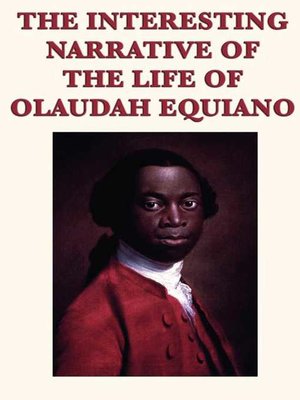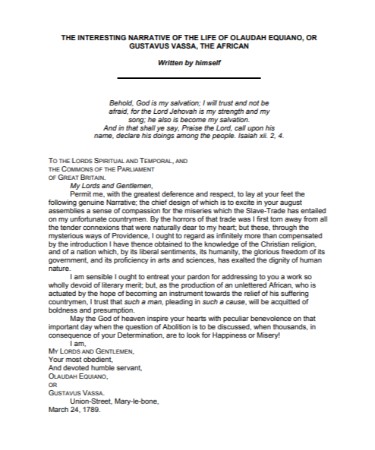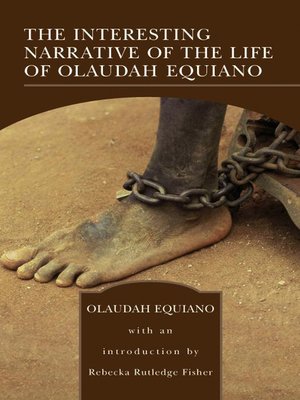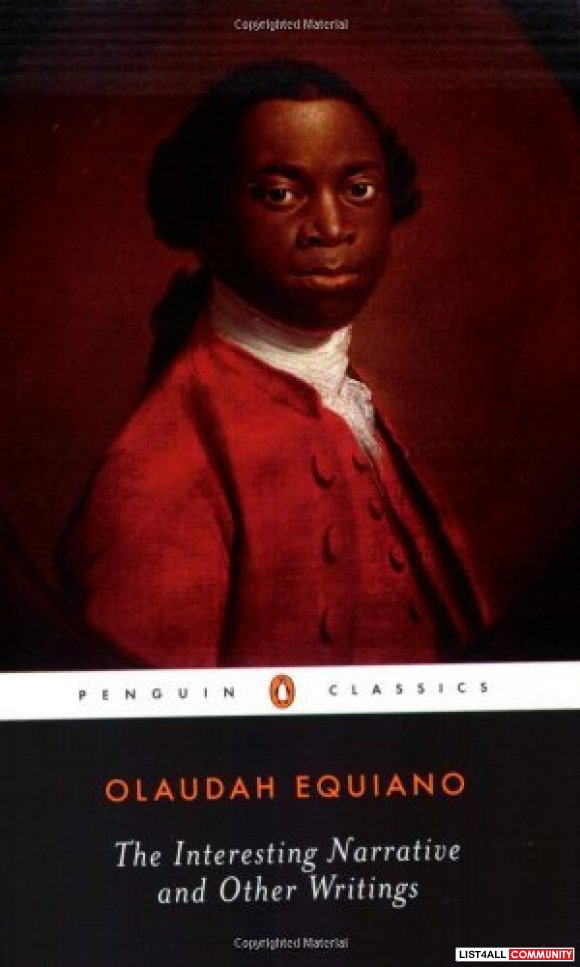


indeed, such were the horrors of my views and fears at the moment, that, if ten thousand worlds had been my own, I would have freely parted with them all to have exchanged my condition with that of the meanest slave in my own country. I was immediately handled, and tossed up to see if I were sound, by some of the crew and I was now persuaded that I had gotten into a world of bad spirits, and that they were going to kill me. These filled me with astonishment, which was soon converted into terror, when I was carried on board. The first object which saluted my eyes when I arrived on the coast was the sea, a slave ship, which was then riding at anchor, and waiting for its cargo. Reprint, Boston: Bedford Books, 1995, 53-54.

The Interesting Narrative of the Life of Olaudah Equiano, Written by Himself. Yet, Equiano was put in the hold with the adults, giving him a different experience entirely. As a child, he should have traveled the Middle Passage on deck, unfettered with the slave women and children.

What is particularly important about this source, however, is Equiano's placement into the hold of the slave ship. For Equiano, a child of 11, this experience was one he could not understand. Many Africans who survived the coffles and made their way to the coast had never seen a white man, let alone the ocean or a slave ship. His narrative is extremely valuable not only for the wealth of information it presents on children's experiences in the slave trade, but also for those examining the abolitionist movement in England during this period of time. Olaudah Equiano, kidnapped at age 11, became one of the most prominent English abolitionists of the 18th century. Until recently, slave studies rarely discussed children's experiences, but it has been estimated that one quarter of the slaves who crossed the Atlantic were children. From the 16th to the 18th centuries, an estimated 20 million Africans crossed the Atlantic to the Americas in the trans-Atlantic slave trade.


 0 kommentar(er)
0 kommentar(er)
